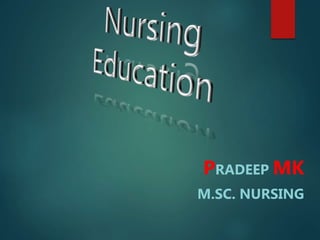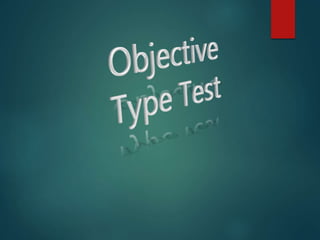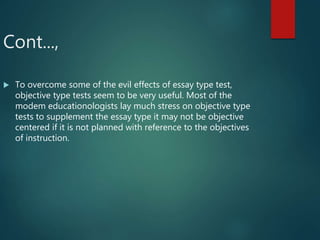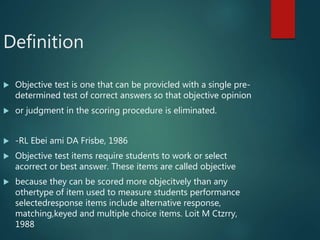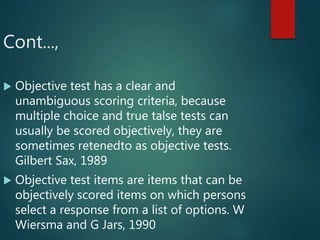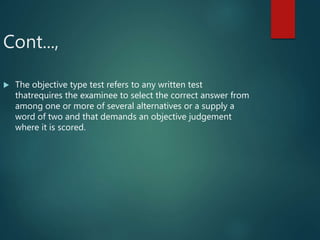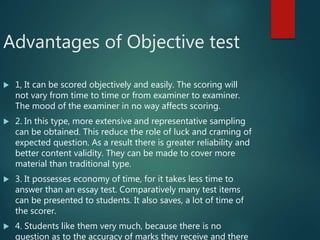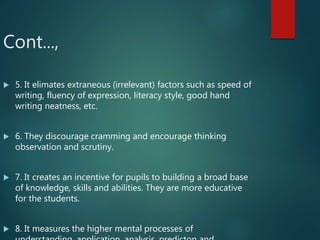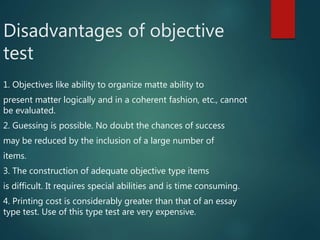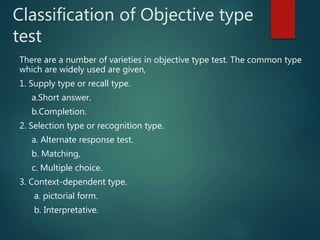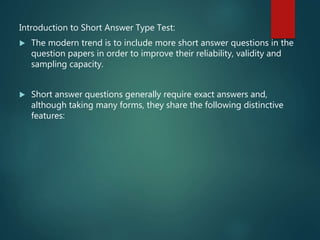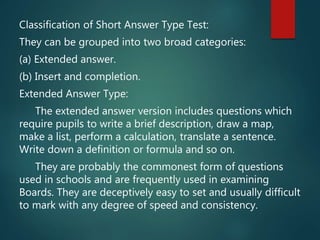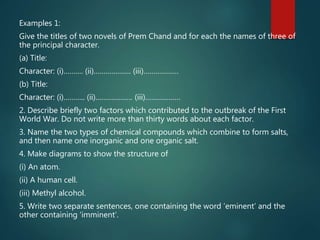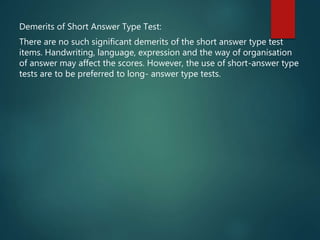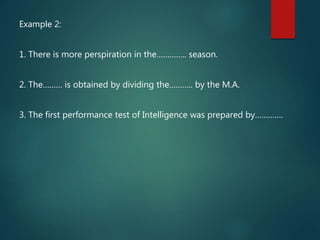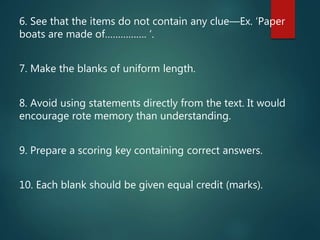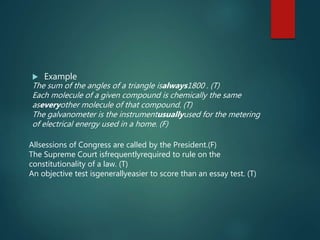Here are the key learning outcomes this exercise aims to assess:
- Students will develop an understanding of historical events from different perspectives by taking on roles in a Civil War battle reenactment.
- Students will learn about and experience aspects of daily life for Union and Confederate soldiers through activities like marching, setting up camp, cooking, and scouting.
- Students will gain procedural knowledge about the tactics and strategies employed in a historically representative Civil War battle through direct participation in a reenactment.
2. Design 5-10 multiple choice or true/false questions to assess student learning related to the reenactment experience.
